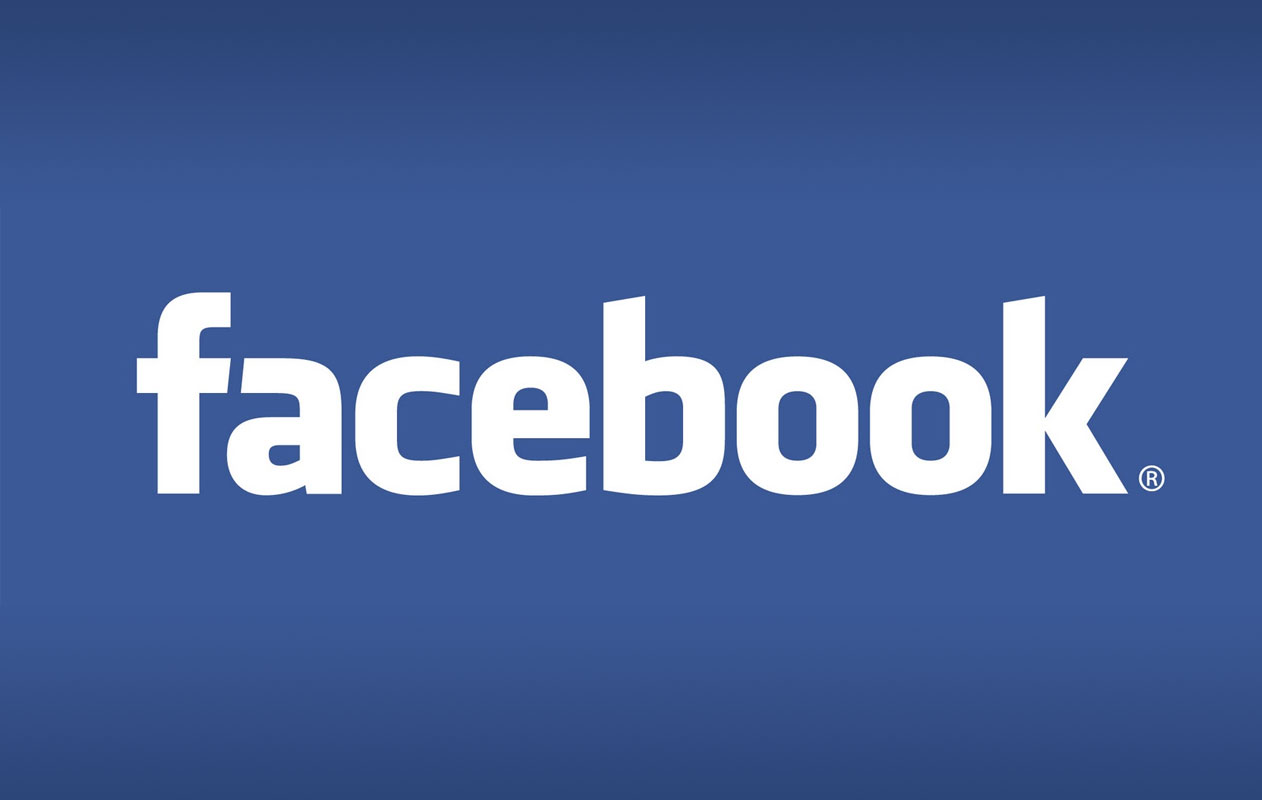The evolution of social media is tremendous and fast, not to mention, obvious. Recent social media research shows that 79% of companies will use social media in their business. With the rapid movement towards social media, it would be unwise not to be involved. In the end, businesses don't get to choose whether to use social media or not, the real question is how well they use it.
Social networks enable companies to build relationship with customers like never before. However, when it comes to implementing a social media plan, even the large corporation may have trouble gaining "likes" and "followers." The key to succes lies within the effective strategic use of social media. Your business can post daily just for posting's sake. However, if you really want results from your social presence, here are some tools you can use:
Social networks enable companies to build relationship with customers like never before. However, when it comes to implementing a social media plan, even the large corporation may have trouble gaining "likes" and "followers." The key to succes lies within the effective strategic use of social media. Your business can post daily just for posting's sake. However, if you really want results from your social presence, here are some tools you can use:
- Promotional contests - they promote user interaction and increase in buzz. Many companies use this to unveil new products or services.
- Customer Feedback - Allow customers to give feedback and recommendations through social media. Especially with Twitter, giving the product a special # will allow your company to be a part of the "trending" Tweets also.
- Get connected: As soon as you're online, start connecting with other businesses in your industry and the potential customers. The quicker you build a presence, the easier it will be to dominate social presence online.
Building a community out of thin air is hard. Your online presence must have a purpose and be real. Here are top 3 examples of companies using social media effectively:
- Ford: The Detroit motor company may not have been the most popular but it regained its customer base through social media. Ford gave our 100 Fiestas to bloggers, filmmakers, and social networkers to document their life and publish it on FiestaMovement.com. With a cost of $5 million, Ford Fiesta gained 60% name recognition in the U.S. before its release.
- CBS: In 2007, now a popular show, The Big Bang Theory began airing on CBS. Unfortunately the competition from NBC was too high. Bill Prady, the producer of the show, began tweeting special commentaries and behind-the-scene pictures of the show. His twitter quickly gained attraction and the show rating rose from 59 to 12.
- Pepsi: Created by GOOD PRojects, PepsiCo began rebranding itself to funding causes for social good. The idea was to "save something, create something, or change something." Word was spread through all social networks and after 6 months, the project gained 39 million votes and $90 million by early 2011.
From this example, we can clearly see that social online presence must have a presence. It also takes time, and the constant connection must be maintained. Social Media for business does many things such as brand creation and awareness, and build customer relations and maintain loyalty. Most importantly, it allows businesses to step down from strict business plans, and to get creative. With a little bit of spontaneity, companies can gain or regain success.



